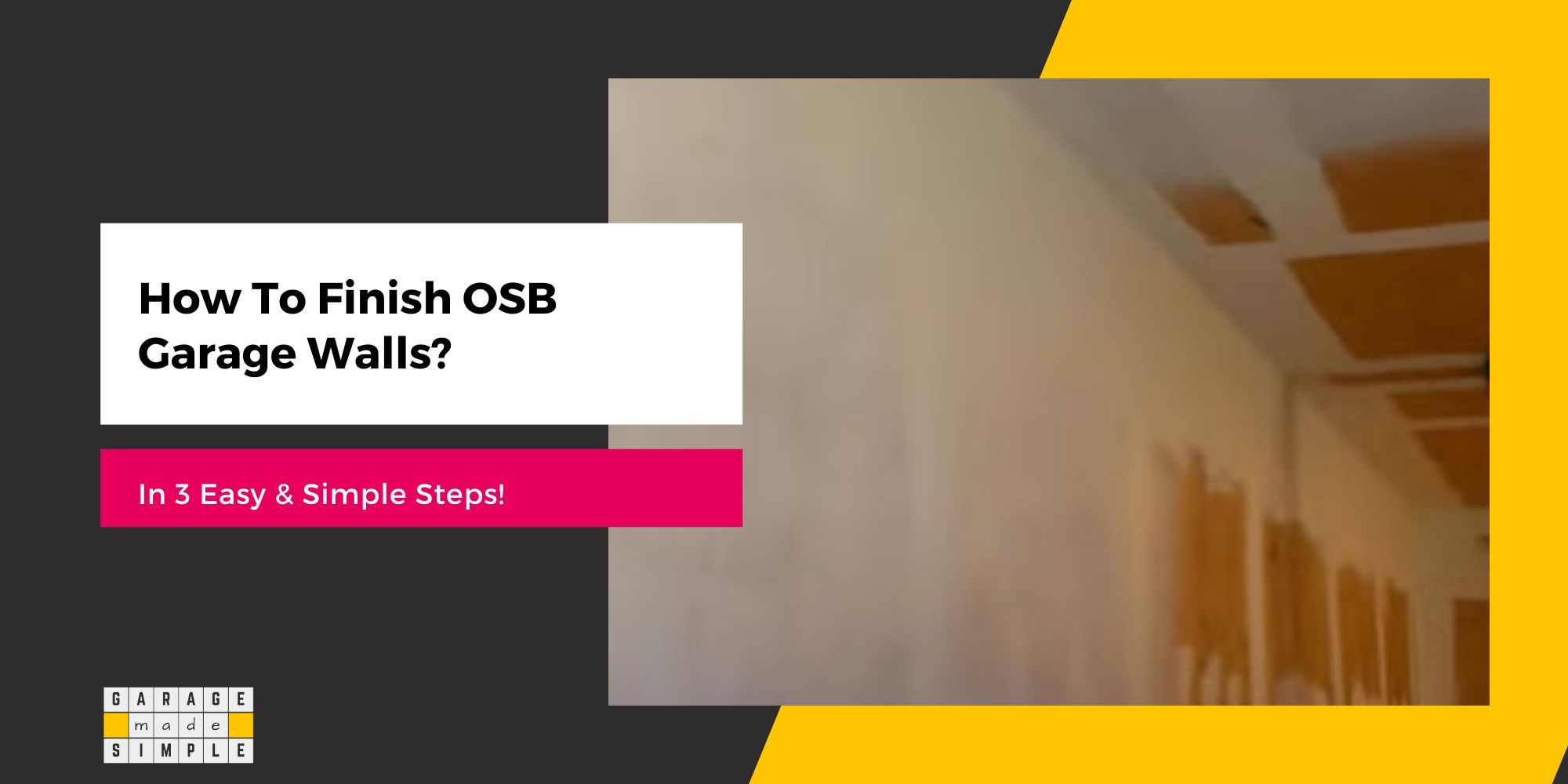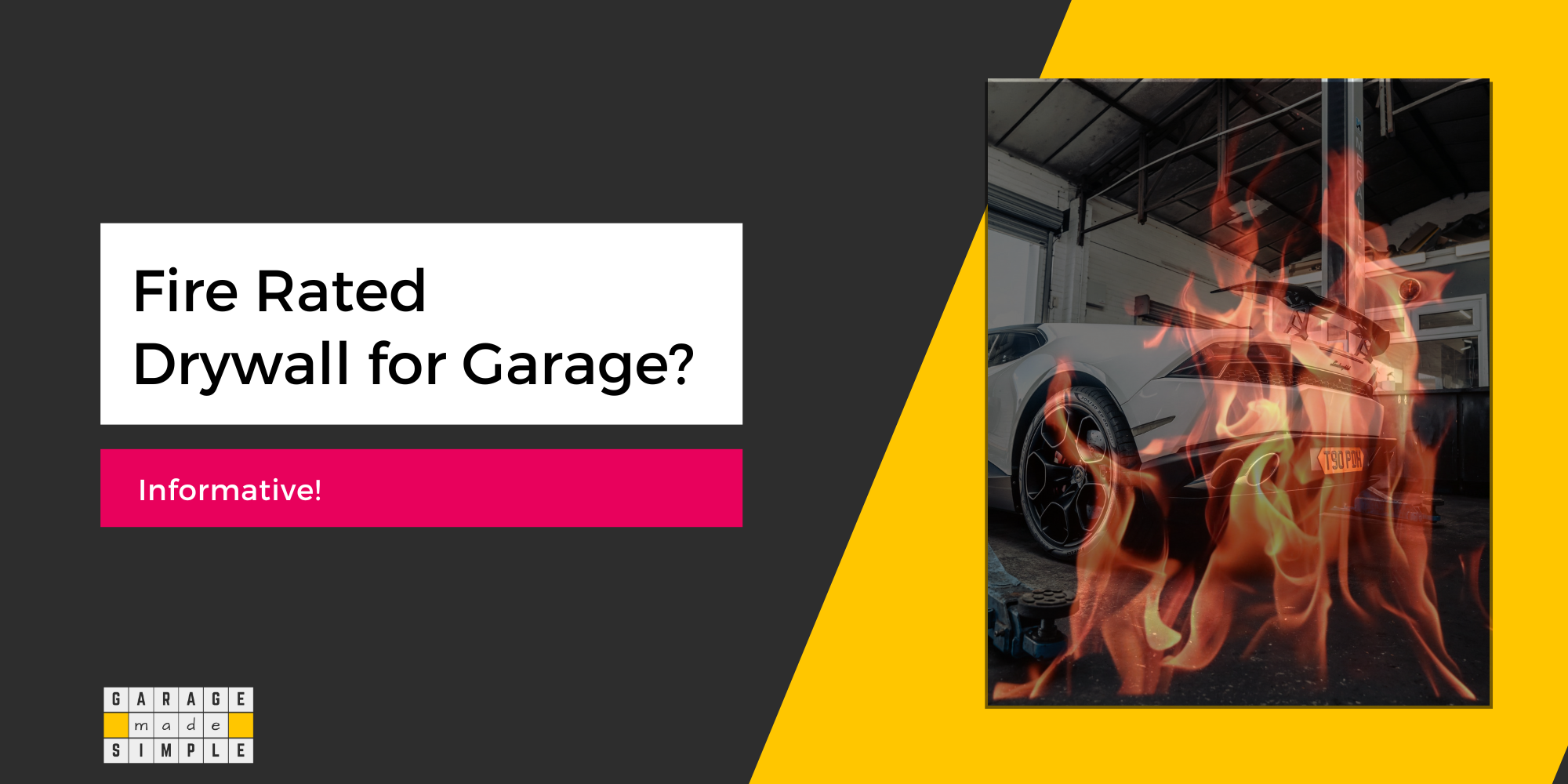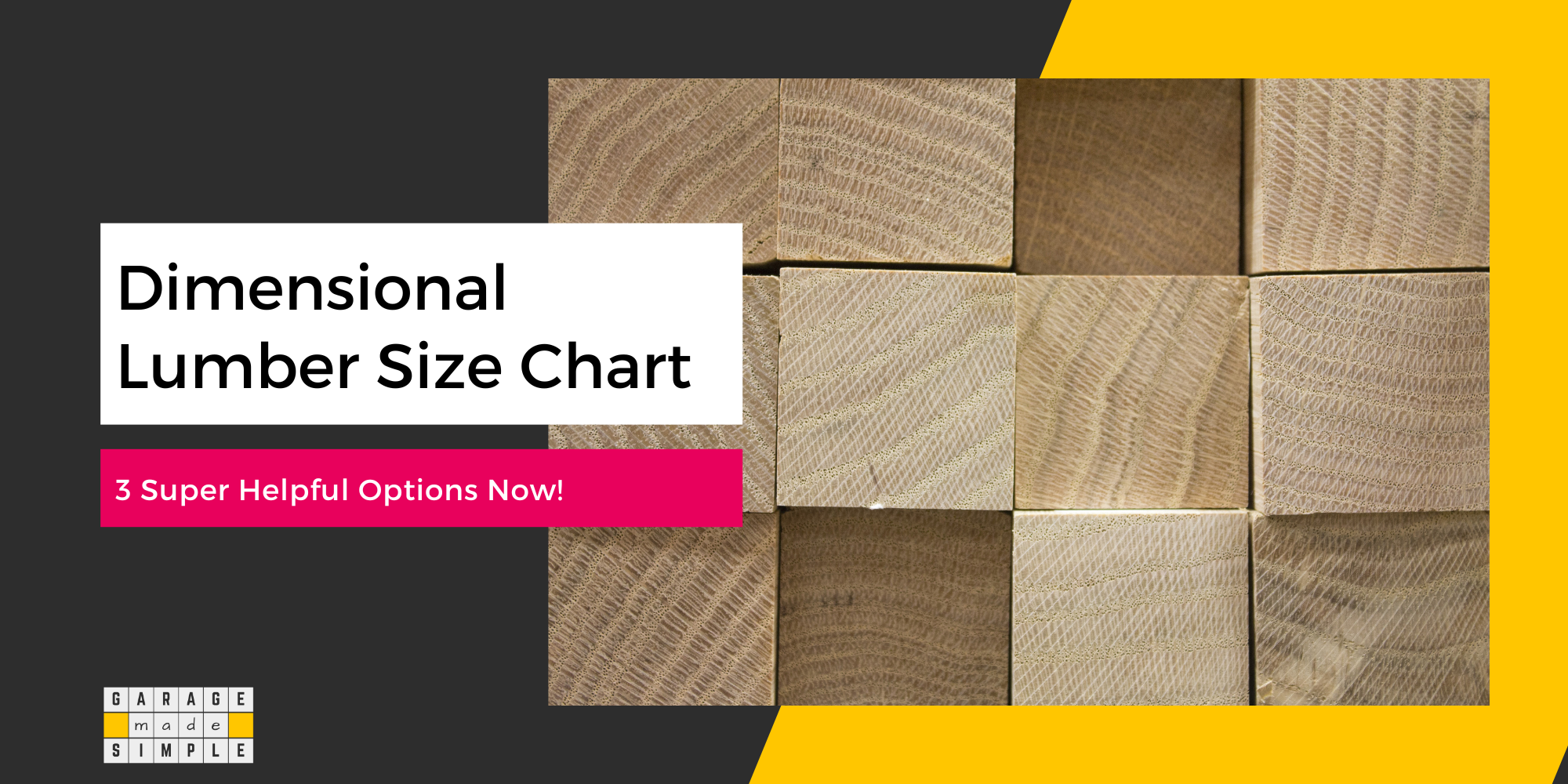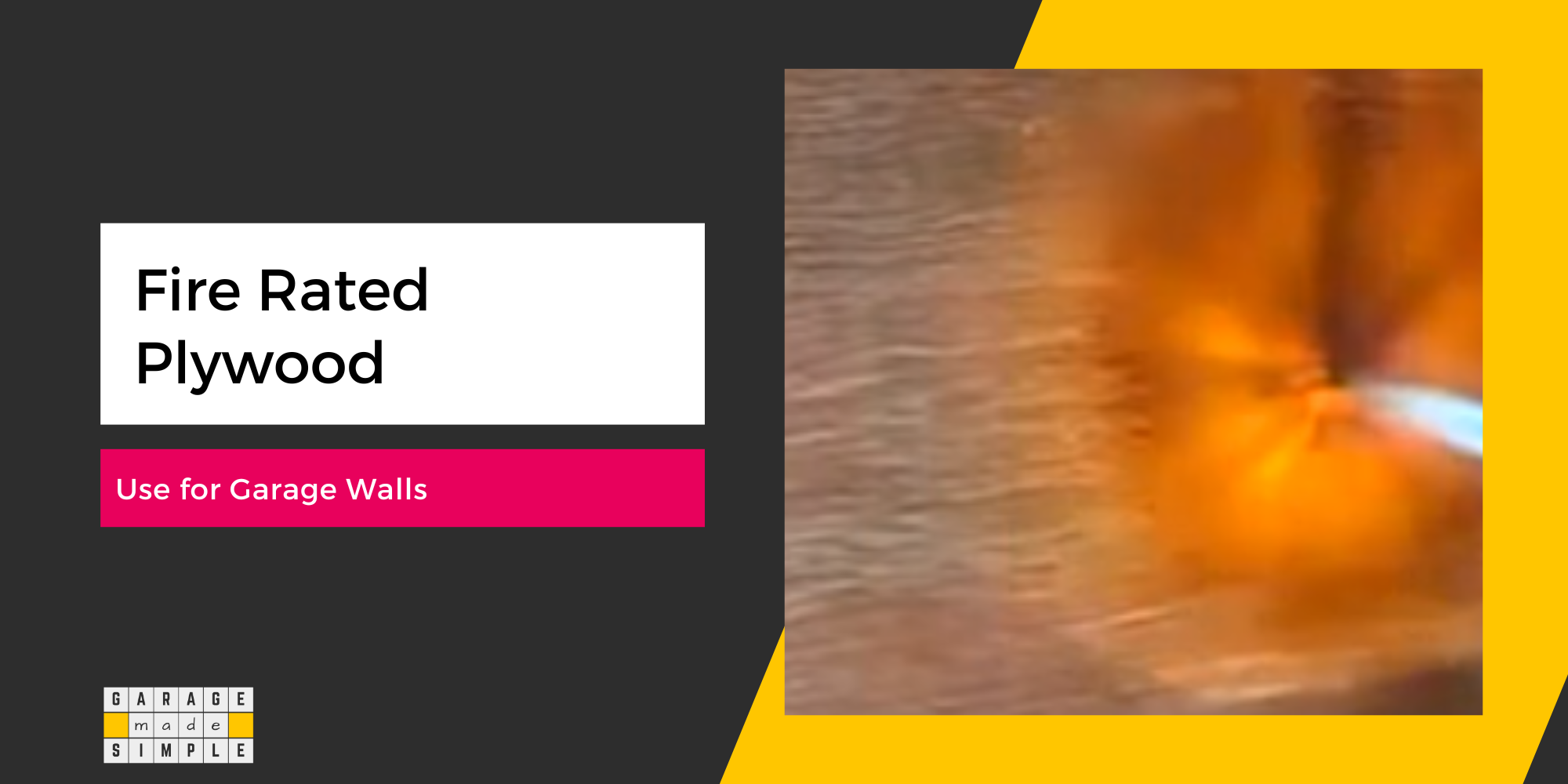What Is The Point Of A Garage Sill Plate? (Important!)
As an Amazon Associate, I earn from qualifying purchases.
What Is a Garage Sill Plate?
Are you all excited about your new garage? The concrete slab has been poured. While you wait for the concrete to cure, you are planning out the garage wall framing. It is then that you realize that you need a garage sill plate. But, what is the point of a garage sill plate? And what is a garage sill plate anyway?
A garage sill plate is the horizontal piece of wood that connects the garage wall frame to the garage concrete floor. The garage sill plate is a pressure treated 2X4 stud, attached to the garage concrete floor or foundation wall with anchor bolts.
The sill plate is also, quite often, called the bottom plate. The garage wall frame, therefore, is a rectangle with a horizontal bottom plate, a horizontal top plate and a number of vertical studs.
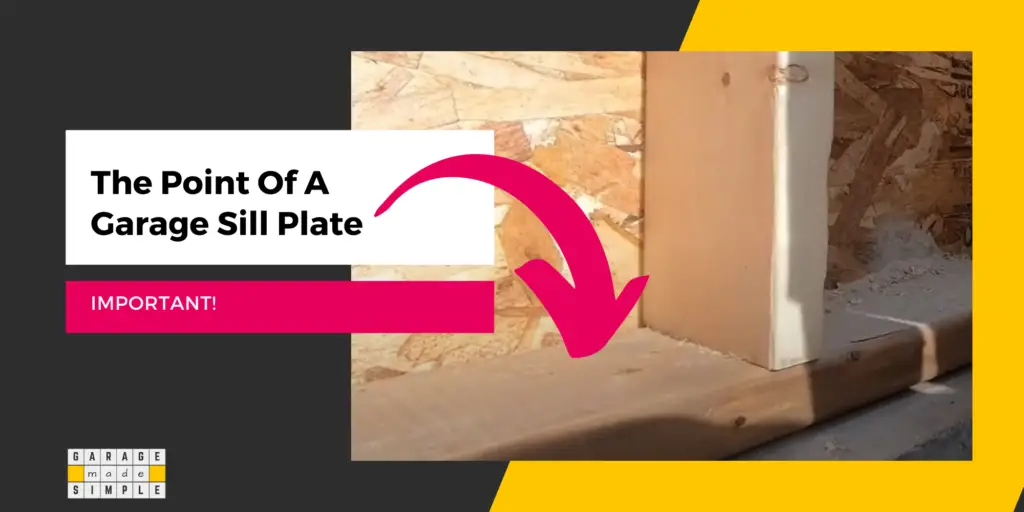
Not all sill plates have to sit on the garage concrete floor. If the garage wall is going to have a window then you will need a sill plate over the cripple studs. Such sill plates are obviously shorter, running the width of the window frame. They are also called the “window sill plate” to distinguish it from the regular “sill plate”
Sill plates can be referred to by different names such as “bottom plate”, “sole plate”, “ground plate”, “ground sill” or simply the “sill” or “sole”. Of course they all mean the same thing.
Key Takeaways
- The garage sill plate is a pressure treated 2×4 connecting the wall frame to the concrete floor.
- The primary function of the garage sill plate is load distribution.
- It also provides a base for sheathing, and sealing the joint between the wall and floor.
- Pressure-treated lumber is essential, meeting the 2021 International Residential Code for durability.
- A garage plate sill sealer acts as an air and moisture barrier, compensating for surface irregularities.
What Is the Point of a Garage Sill Plate?
The main point of a garage sill plate is that it lets you attach the vertical garage wall frame to the horizontal garage concrete floor.
In this process the garage sill plate serves a few other functions:
Distribution & Transfer of Load
The dead load of the garage roof, garage walls, the garage door, as well as the live loads of items stored in the garage attic is transferred to the garage wall studs, on to the garage sill plate.
The entire load gets evenly distributed as the garage sill plate is horizontal and runs the entire perimeter of the garage. The garage sill plate, then transfers this load to the garage foundation footings, through the garage concrete floor or the garage foundation wall.
Without the garage sill plate, acting as an intermediary, this would not be possible.
Base for Wall Sheathing
The garage wall needs to be finished and this done by nailing or screwing sheathing material such as drywall, fiber cement board, plywood, OSB etc. The sheathing material is attached to the horizontal bottom & top plates and the vertical studs.
The sheathing covers up the insulation and utility pipes, wires in the garage wall. This makes the garage more livable and also increases the structural strength of the garage wall.
Seal Between Garage Wall & Floor
Another point of the garage sill plate is that it becomes the base for sealing the joint between the garage wall and the garage floor. It will help stop the ingress of rain, moisture, insects and pests.
Do Sill Plates Need to Be Pressure Treated?
Yes. You should always use only “pressure treated” lumber for garage sill plates.
Actually, the latest version of 2021 International Residential Code stipulates it in Section R317.1.2. Section R317 deals with PROTECTION OF WOOD AND WOOD-BASED PRODUCTS AGAINST DECAY. Here is what Section R317.1.2. Says:
All wood in contact with the ground, embedded in concrete in direct contact with the ground or embedded in concrete exposed to the weather that supports permanent structures intended for human occupancy shall be approved pressure-preservative-treated wood suitable for ground contact use, except that untreated wood used entirely below groundwater level or continuously submerged in fresh water shall not be required to be pressure-preservative-treated.
How Is Pressure Treated Lumber Treated?
Wood is made up of cellulose and is fairly porous. Cellulose is food for all kinds of pests such as termites. The porosity means that wood readily absorbs moisture. Damp wood is even more attractive to pests and prone to fungal decay and rotting.
Further, wood is flammable. It catches fire easily and supports combustion.
It is therefore a wonder that wood, especially softwood, is used so often, as structural lumber in home and garage construction in the US. This is only possible because lumber can be pressure treated and made moisture, pest and fire resistant.
Pressure treatment of wood is very effective. Wood is placed in a chamber and air is sucked out. The air in the wood pores gets sucked out as well resulting in a vacuum. The preservative and other retarding chemicals are then introduced in the chamber.
The wood sucks in all the chemicals due to the vacuum within. The wood gets completely impregnated with the chemicals. Pressure treatment of wood is far more effective than a superficial surface treatment.
What Do You Put Under a Sill Plate?
Among many, the point of using a garage sill plate is to seal the gap between the garage wall and the garage floor. In theory, the horizontal garage sill plate sits flush on the horizontal garage floor.
In reality, neither of the two surfaces are absolutely horizontal. They are never in complete contact with each other across the entire perimeter of the garage. In other words, they are not flush with each other.
This problem is resolved by placing a “sill sealer” (aka “sill gasket”) between the sill and the floor. In essence these are flexible membranes that are both air and moisture barriers. The gasket is usually sold in rolls.
Dow Sill Seal Foam Gasket 3.5 inch x 50 foot, available at Amazon, helps reduce air infiltration between a concrete foundation and sill plates and provides resistance to water and water vapor.
Thank you very much for reading the post. I do hope you found it informative and useful.

